Decorex Interior Design Fair: What’s the Trend Now?
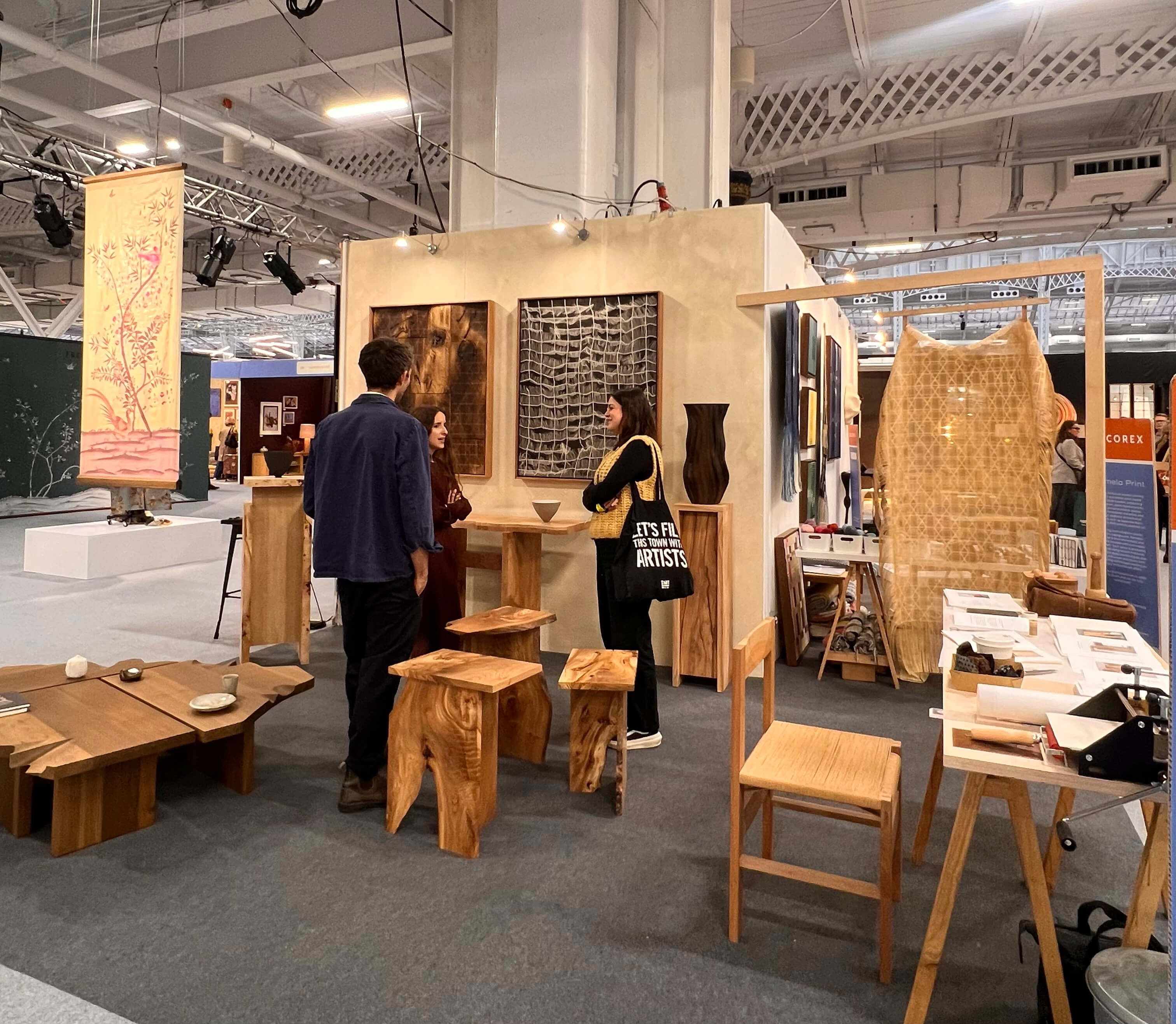
Architectural Technologies and Sustainability Expert Alara Binat shares her insights from Decorex, one of Europe’s leading international interior design fairs, with Hitit Mod readers. Held in London from October 6-9, the event brought together over 280 interior design firms, offering visitors the chance to explore innovative designs and discover new industry trends.
The Victoria & Albert Museum took part with its own exhibition space, situated alongside various brands showcasing handcrafted furniture and décor by predominantly female designers. Here, attendees could witness the furniture-making process firsthand and experience one-on-one workshops that offered a hands-on approach to design. The event also featured a comprehensive speaker program covering a wide array of interior design topics and hosting discussions on diverse themes.
 |
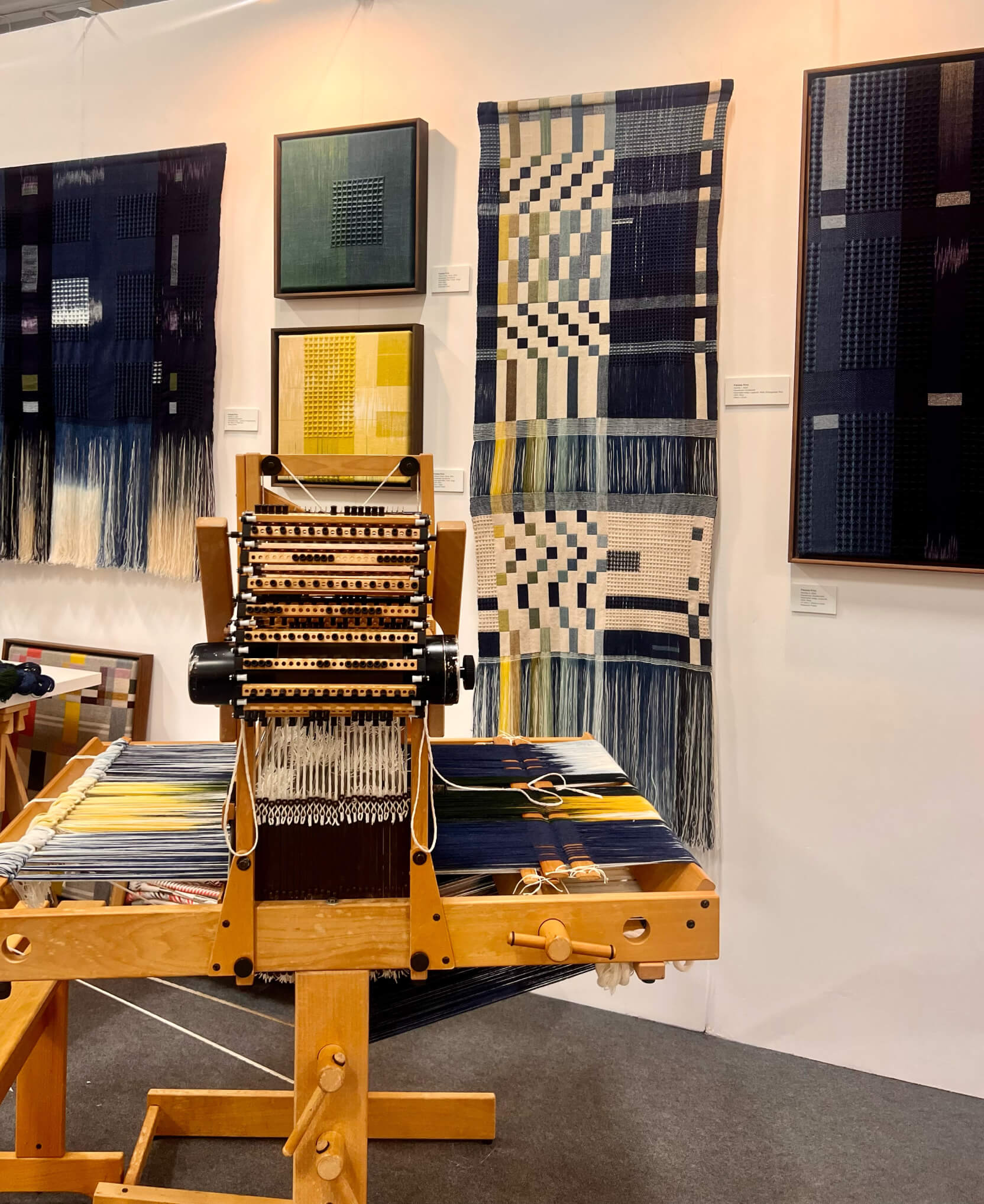 |
Recycled Plastic Carpets
With a market share of nearly $2 billion, the UK is among the countries with the highest carpet usage worldwide—making sustainability a crucial step for the industry. Two distinctive carpet manufacturers stood out with their rugs made entirely from recycled plastic bottles. However, the “entirely” part of that is somewhat of an artistic license, as it is technically not possible to achieve a 100% recycle rate in carpet production. When I asked these companies where their products are manufactured and where they are sold, one mentioned Thailand, and the other, India. Thailand has gained recognition for its iconic use of PET bottles in architectural designs, pushing the boundaries of recycling in notable ways. But seeing these carpets sourced from such distant locations made me question their supply chain sustainability. Although they fall short in that area, these brands are poised to make an impact with their inventive designs.
 |
Rattan Furniture Manufacturers
A Danish company specializing in rattan-inspired furniture caught my eye. Their products feature aluminum crafted to resemble wood instead of using natural materials. Given the significant environmental impact of aluminum production, it feels somewhat pointless to compare its carbon footprint to natural materials. Company representatives mentioned their headquarters in Denmark and production sites in Indonesia. When I inquired about the circular and ethical aspects of their production network, they explained that senior management regularly visits the production sites and works globally. Despite appearing a step ahead of the carpet producers, similar concerns about sustainability arose here as well.
Soho Lighting House
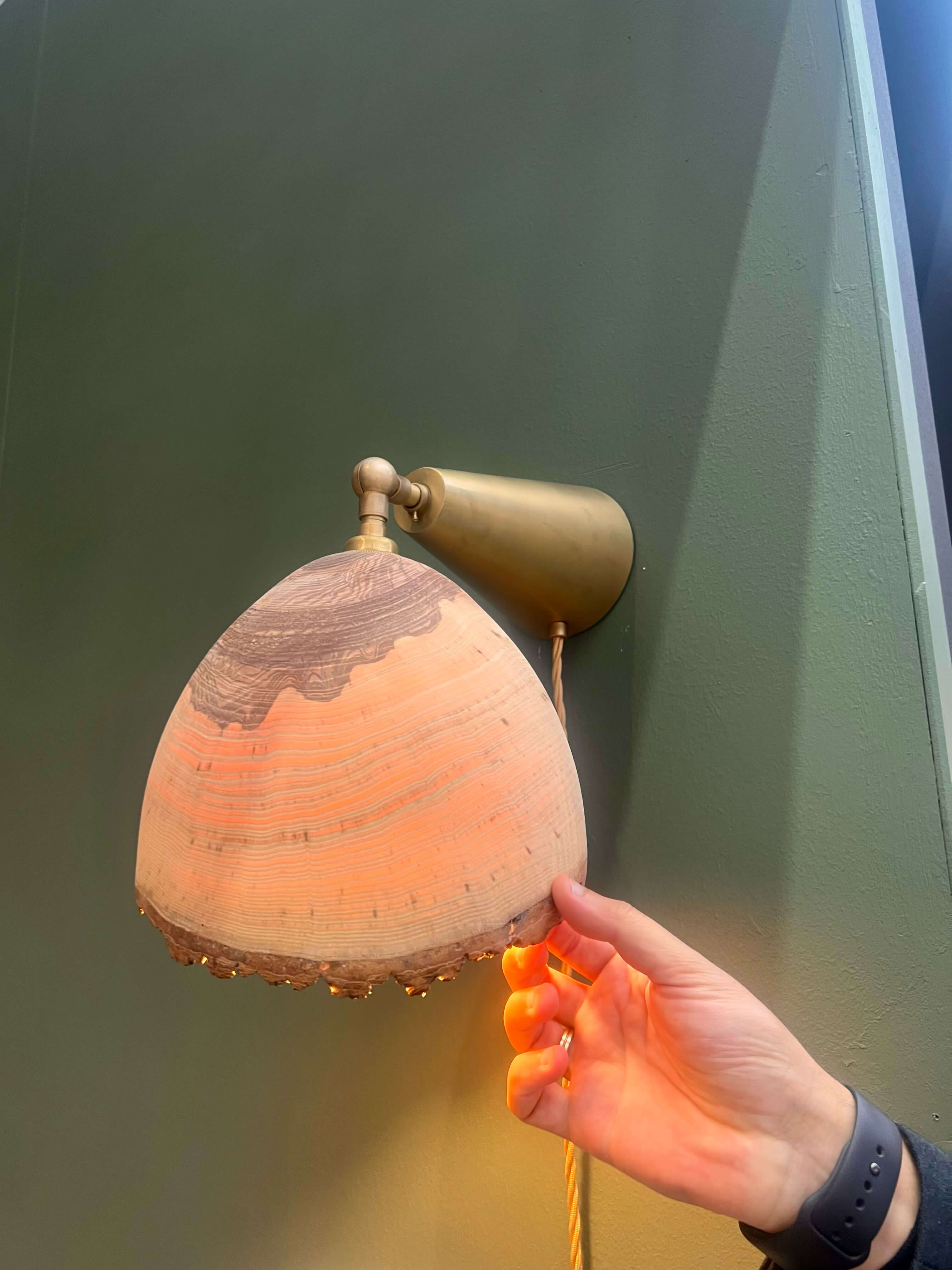 |
One of the most crowded booths at the fair belonged to Soho Lighting House. If you’re wondering why, the buzz was centered around their smart systems, notably the Alexa-compatible single-button light switches. This innovative system allows users to easily and conveniently control home lighting. I believe it was the brand’s choice of name that helped it stand out from other designs at the fair, given how the other boots featured several, truly distinctive creations. For instance, the lighting fixture crafted from delicately carved coconut shell that elegantly diffuses light was a standout, both with its artistry and the craftsmanship that went into its production. If this is also made in an environmental responsible fashion, the potential here could be remarkable.
Material Bank
Material Bank drew lots of attention with an innovative sample delivery system designed for architects and interior designers. The first thing that caught the eye was, naturally, the enormous sample box on display. Just nearby was a booth where you could quickly create a digital profile. By showcasing their diverse material collection in such a clever setup, Material Bank created a space where architects could build sample boxes freely, introducing a new dimension to the design process. Their engaging approach to sample selection impressed with its extensive product pool and eco-friendly touch, as it facilitated the process without creating unnecessary waste. Sample returns are optional; you can choose to use them or ship them back, eliminating the need for frustrating packaging waste. This is a truly sustainable, user-friendly approach.
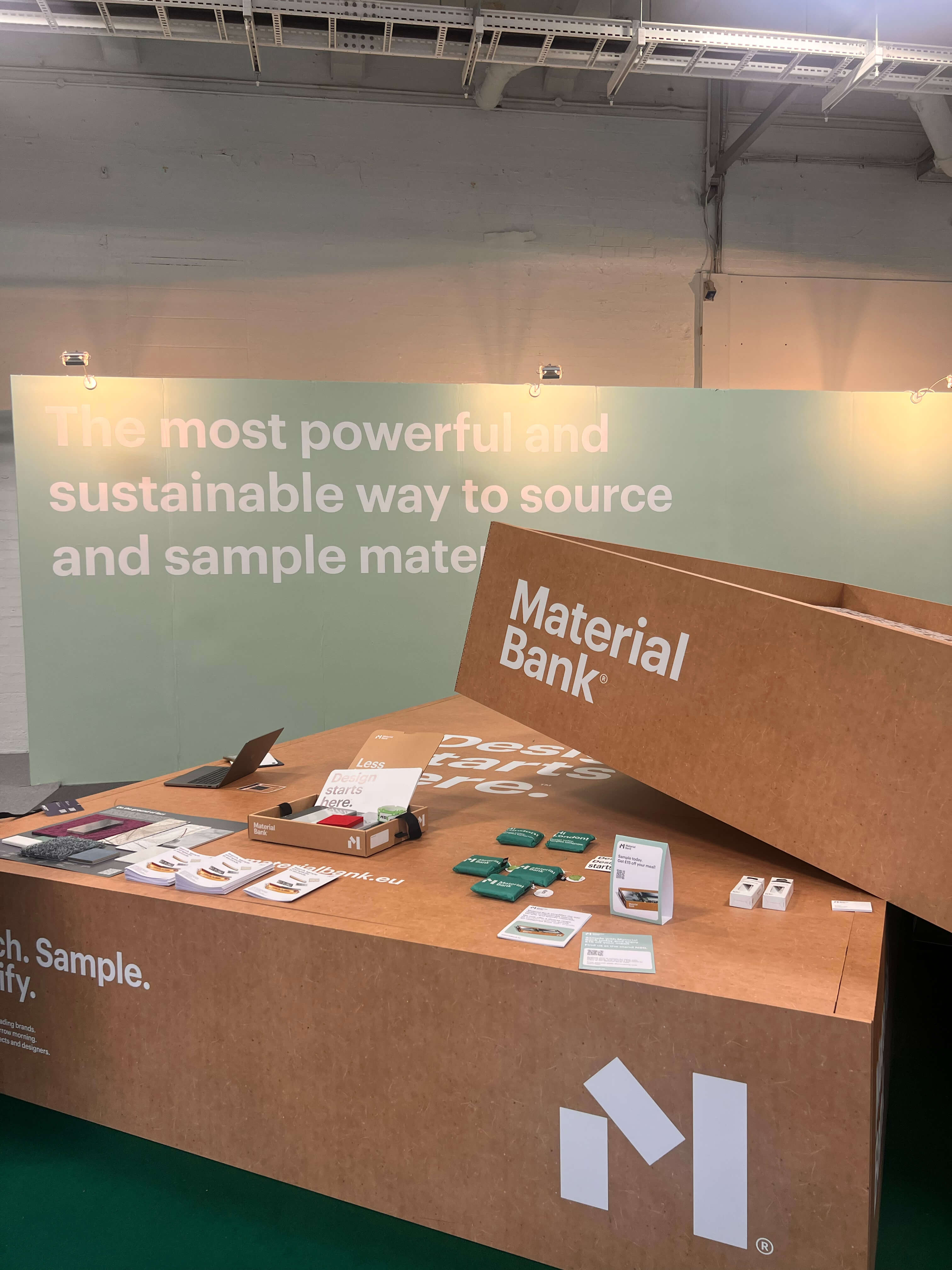 |
 |
B Corp Certified Companies
Two B Corp-certified companies—Coat, a paint maker, and NaturalMat, a mattress brand—were present at the fair. B Corp certification provides assurance to consumers by recognizing companies that excel in social and environmental performance. To be eligible for this certification, companies must meet high standards in areas such as environmental impact, employee rights, societal effort, customer care, and governance. Coat has adopted a waste-free approach in production to leave a positive mark on the environment. But of all the companies represented at the fair, it was NaturalMat that impressed me most. Their mattresses, made with fully organic and natural materials, come with lifetime warranties. If there’s ever an issue, they’ll repair it and return it like new. This model is truly impressive for its commitment to both sustainability and durability.
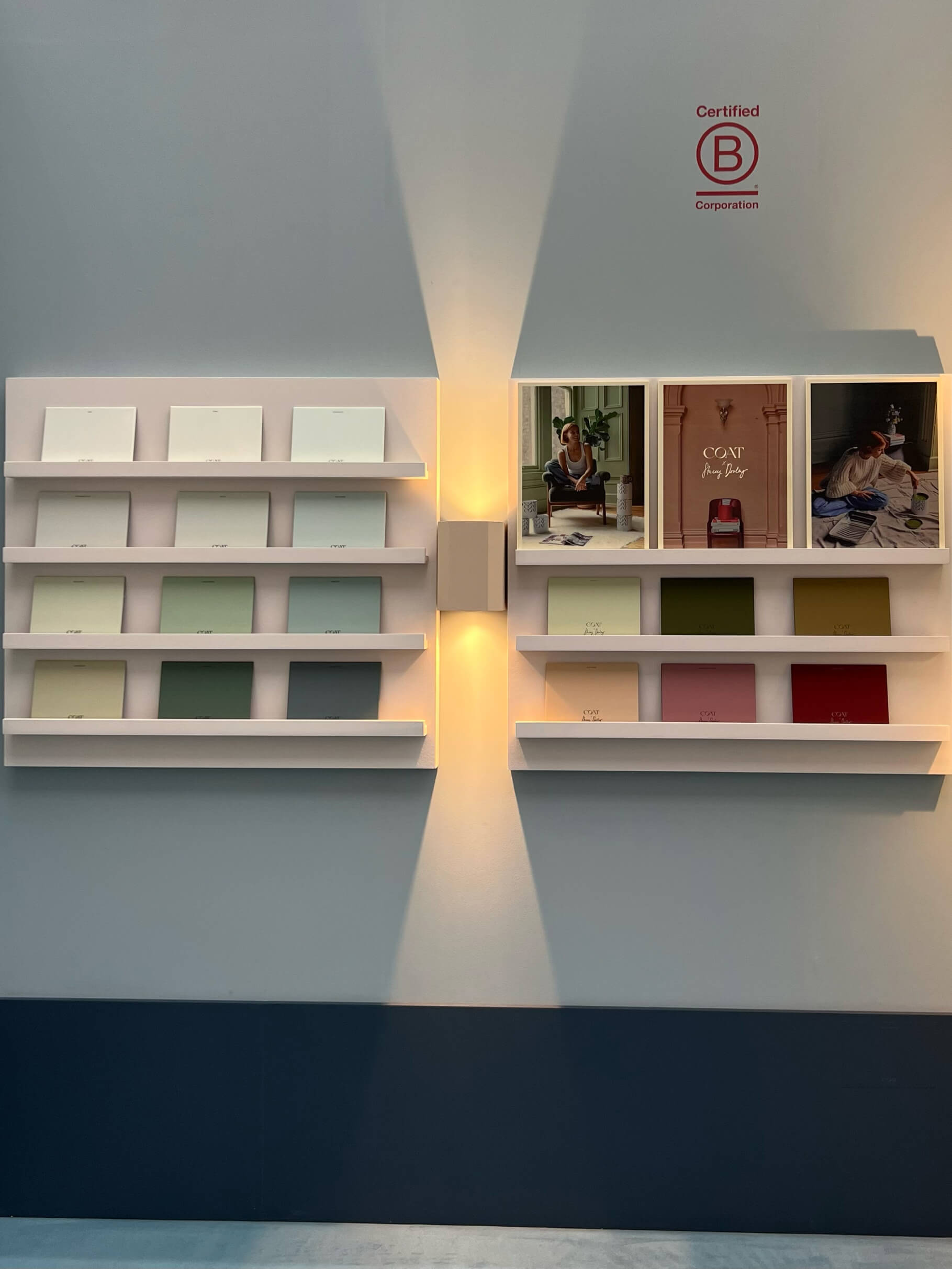 |
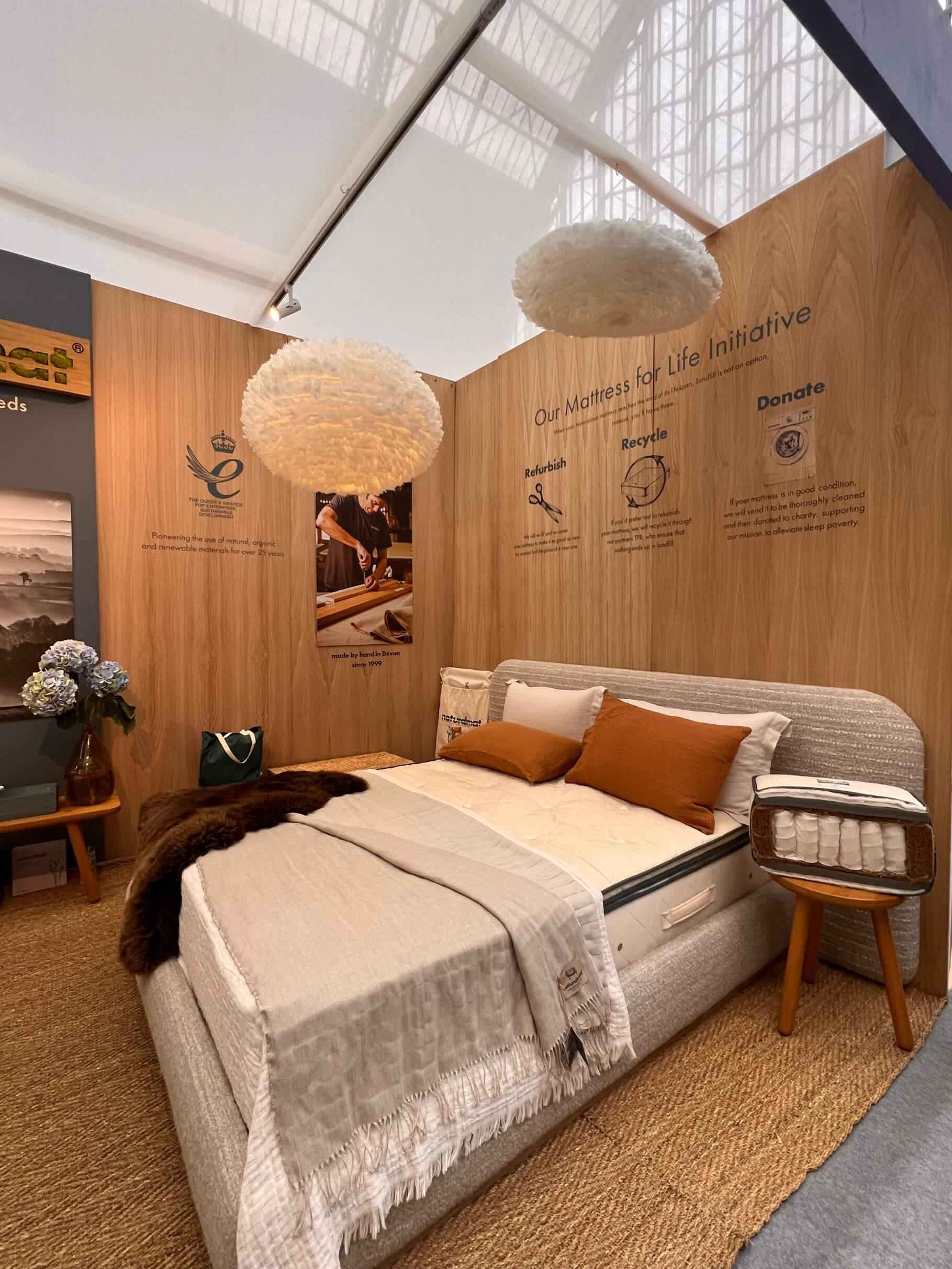 |
Cork Oak
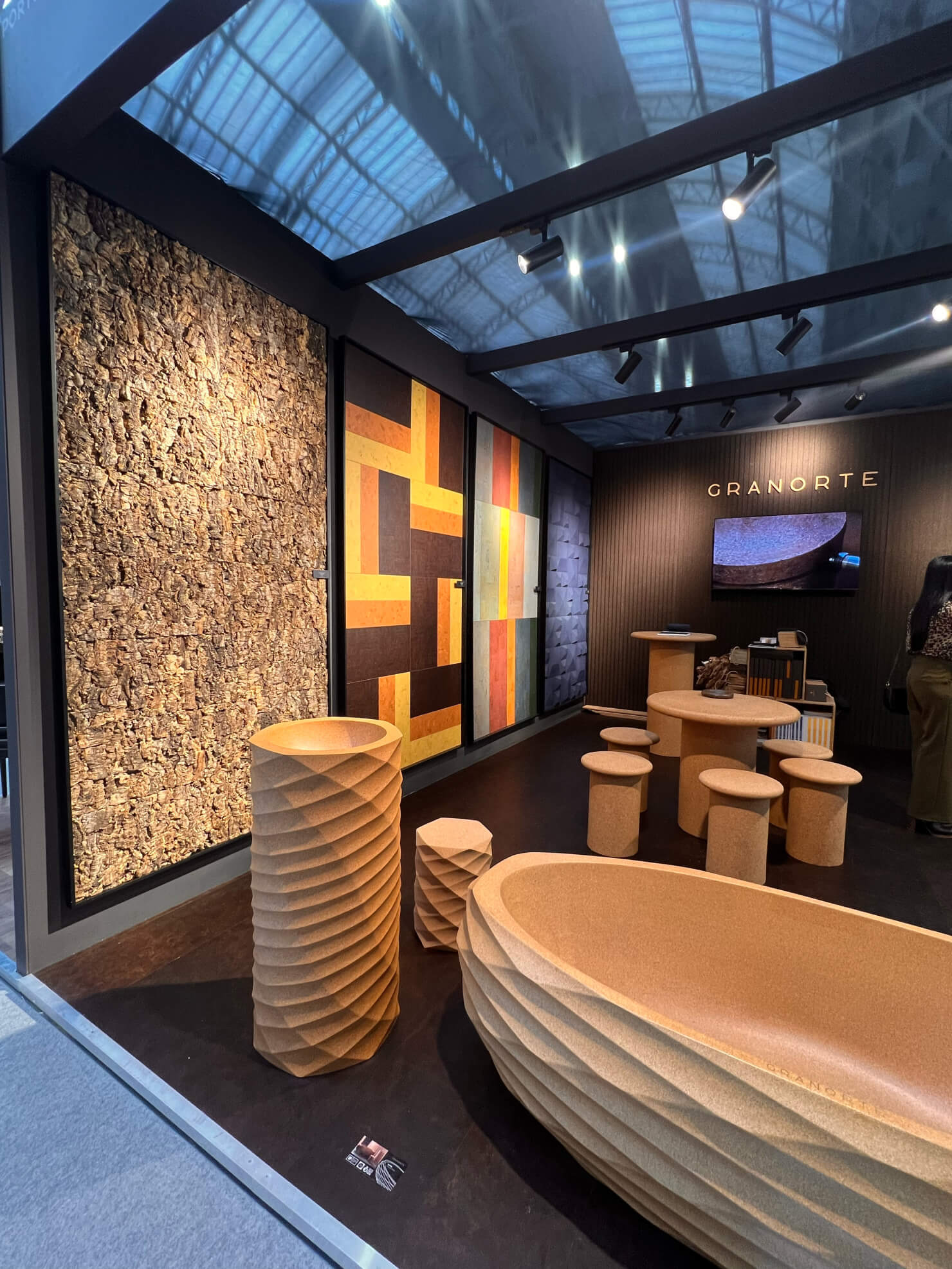 |
This material has fascinated me since my student days, surprising me each time with its versatility. At Decorex, cork oak appeared in various interior applications. It was everywhere—from bathtubs to tables, wall panels, chairs, and bowls. Some companies even used cork oak for flooring. Seeing it used so creatively across so many applications was a thrill and a real source of inspiration.
Overall Impressions and Future Expectations
Decorex was an inspiring experience where I connected with several brands that might shape the industry’s future. It was clear that trends are heading toward user-friendly, durable, long-lasting, and sustainable products. Although not every brand at Decorex fully embraces sustainability, the fair was an inspiring experience nonetheless, and a powerful reminder of the important role sustainability plays in architecture. I hope to see these trends become even more widespread and to watch awareness of sustainability grow in the industry.

